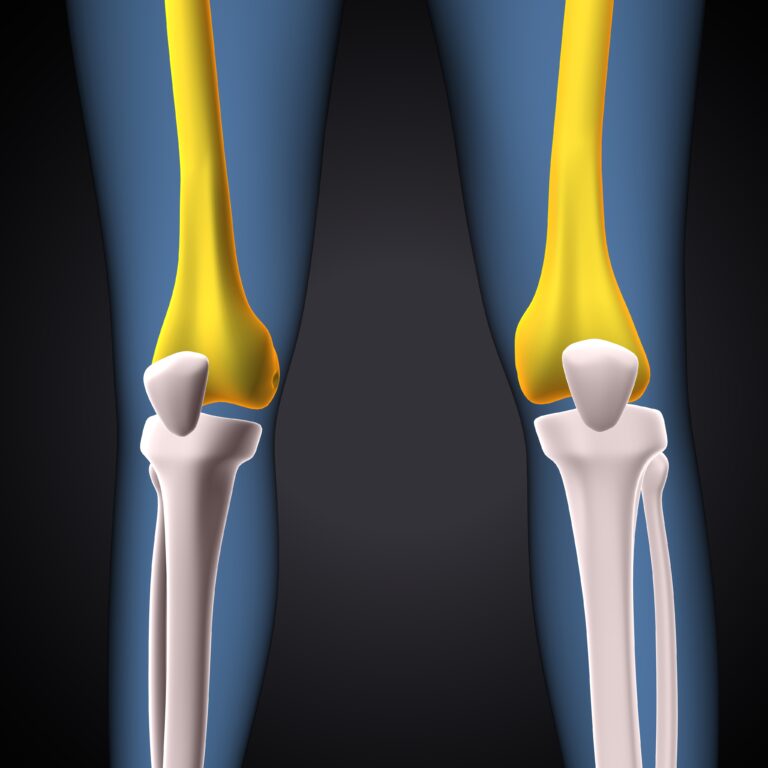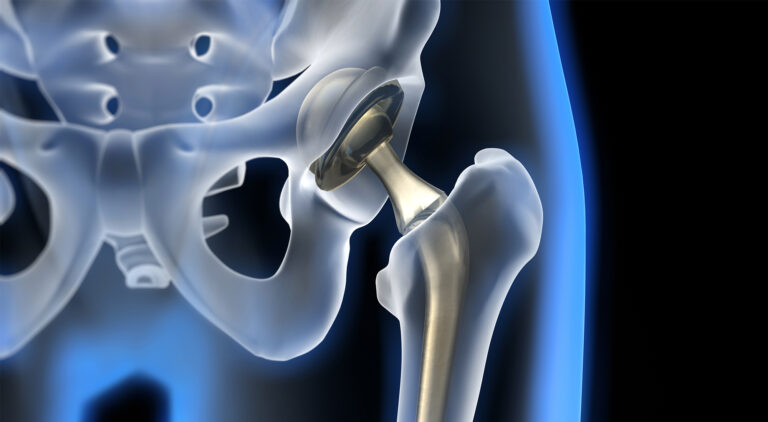
Introduction
Orthopedic pain can arise from various conditions like fractures, arthritis, or musculoskeletal injuries. Effective pain management is crucial for improving patient outcomes and enhancing recovery. Advanced pain management techniques combine medical interventions, therapies, and patient education to reduce discomfort, restore mobility, and improve quality of life.
Overview
Orthopedic pain management aims to alleviate pain, enhance healing, and prevent chronic conditions. This often involves a multimodal approach, including medications, physical therapy, interventional treatments, and psychological support. The choice of strategy depends on the nature and severity of the pain, as well as individual patient needs.
Pain Management Techniques
- Medications:
Nonsteroidal anti-inflammatory drugs (NSAIDs), acetaminophen, opioids (for severe pain), and disease-modifying antirheumatic drugs (DMARDs) are commonly prescribed to manage pain associated with orthopedic conditions. - Physical Therapy:
Tailored exercise programs, manual therapy, and modalities like heat/cold treatments can significantly improve mobility and reduce pain by strengthening muscles and improving joint function. - Interventional Procedures:
These include injections such as corticosteroids, hyaluronic acid, or nerve blocks to reduce inflammation and provide pain relief in joint, tendon, or nerve issues. - Surgical Solutions:
For chronic pain that does not respond to conservative treatments, surgeries like joint replacements or minimally invasive procedures may be recommended to provide long-term relief.
Potential Risks and Complications
- Side Effects from Medications:
Long-term use of pain medications, especially opioids, can lead to side effects such as dependence, gastrointestinal issues, or kidney problems. - Complications from Injections:
Invasive procedures like joint injections or nerve blocks carry risks of infection, bleeding, or allergic reactions. - Surgical Risks:
Surgery, while effective, carries risks such as infection, blood clots, or failure to provide adequate pain relief.
Understanding the Recovery Process
Recovery from orthopedic pain management varies depending on the treatment method. Non-invasive approaches like physical therapy typically involve gradual improvement, while surgical recovery may require weeks to months of rehabilitation to regain function.
Key Takeaway
Advanced pain management in orthopedics involves a personalized, multimodal approach. Combining medications, physical therapy, interventional treatments, and surgery can effectively manage pain, improve mobility, and prevent long-term disability.
Disclaimer
This overview is for informational purposes only. Always consult a healthcare provider for a personalized pain management plan tailored to your specific orthopedic condition.


